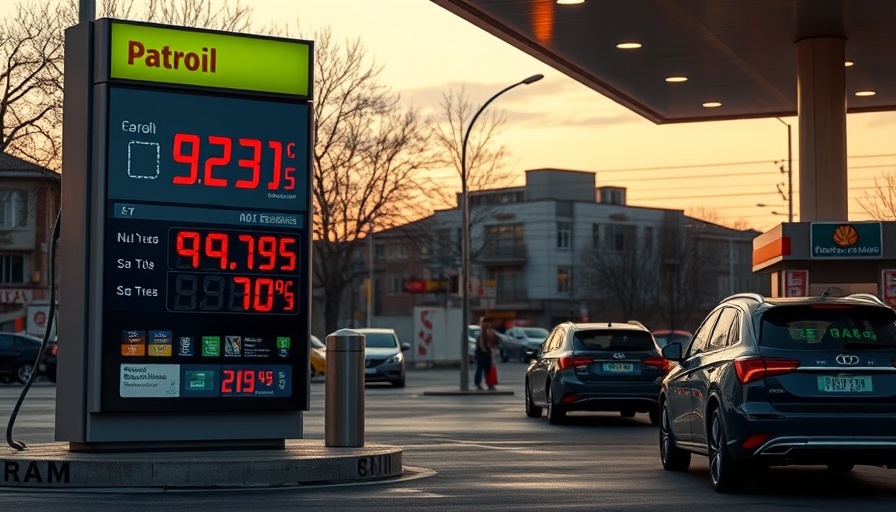
Gas Prices on the Rise: What You Need to Know
If you've been feeling a pinch at the pump, you're not imagining things. Recently, gas prices have taken a noticeable turn upward, rising to around $3.12 per gallon nationally, marking an increase of about 4 cents from last week. This rise comes despite crude oil prices hovering below $70 a barrel.
So, what's causing this hike? It's all tied to the seasonal transition many refineries make to produce summer-blend gasoline. This special blend is designed to resist evaporation in warmer weather, but it costs more to make, which is ultimately reflected in what we pay at the gas stations.
Understanding the Summer Blend Shift
The significance of this seasonal switch cannot be underestimated. Environmental regulations require a different gasoline formulation in summer months to reduce air pollution. This blend tends to be pricier due to its complex production process and stringent environmental standards. As we transition into warmer weather, the costs at the pump are likely to remain high, signaling the need for drivers to budget more for fuel.
Current Market Dynamics and Gas Supply
Interestingly, while gasoline prices climb, data shows that the demand for gasoline has dropped—decreasing from 9.18 million barrels per day (b/d) to 8.81 million b/d. Meanwhile, gasoline production has ramped up, averaging 9.6 million b/d last week. This mismatch complicates the market, raising questions about how prices will adjust in the future.
Know Your Region: Expensive vs. Cheap Gas Prices
Regional variations in gas prices are stark. California sits at the top of the list with skyrocketing prices, hitting $4.64 per gallon. Conversely, states like Mississippi flaunt much lower prices, around $2.66 per gallon. This dichotomy illustrates the burden that high gas prices can place on residents in more costly areas.
Electricity Rates Remain Stable Amid Gas Price Spike
Meanwhile, it's worth noting that the average cost per kilowatt-hour for charging electric vehicles at public stations remains unchanged at 34 cents. As gas prices rise, this stability may shift the conversation on transportation costs, nudging consumers to consider electric vehicles as a viable alternative.
With summer approaching, it’s essential for car owners to keep up with automotive maintenance to ensure their vehicles are running efficiently, especially if gas prices are on an upward trend. Regular checks could save you money in the long run and help you navigate these fluctuating costs.
 Add Row
Add Row  Add
Add 




Write A Comment